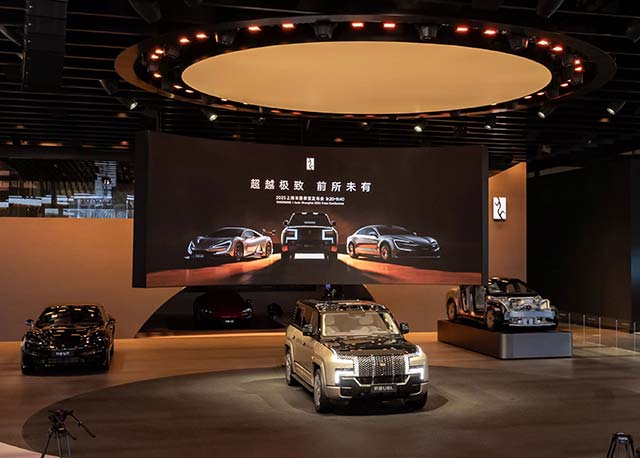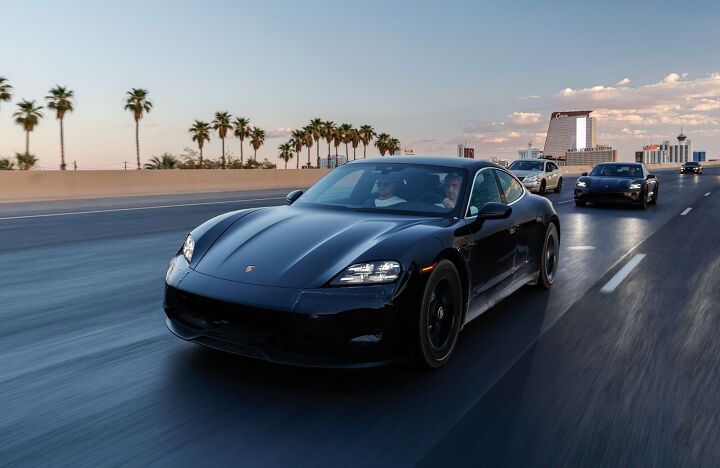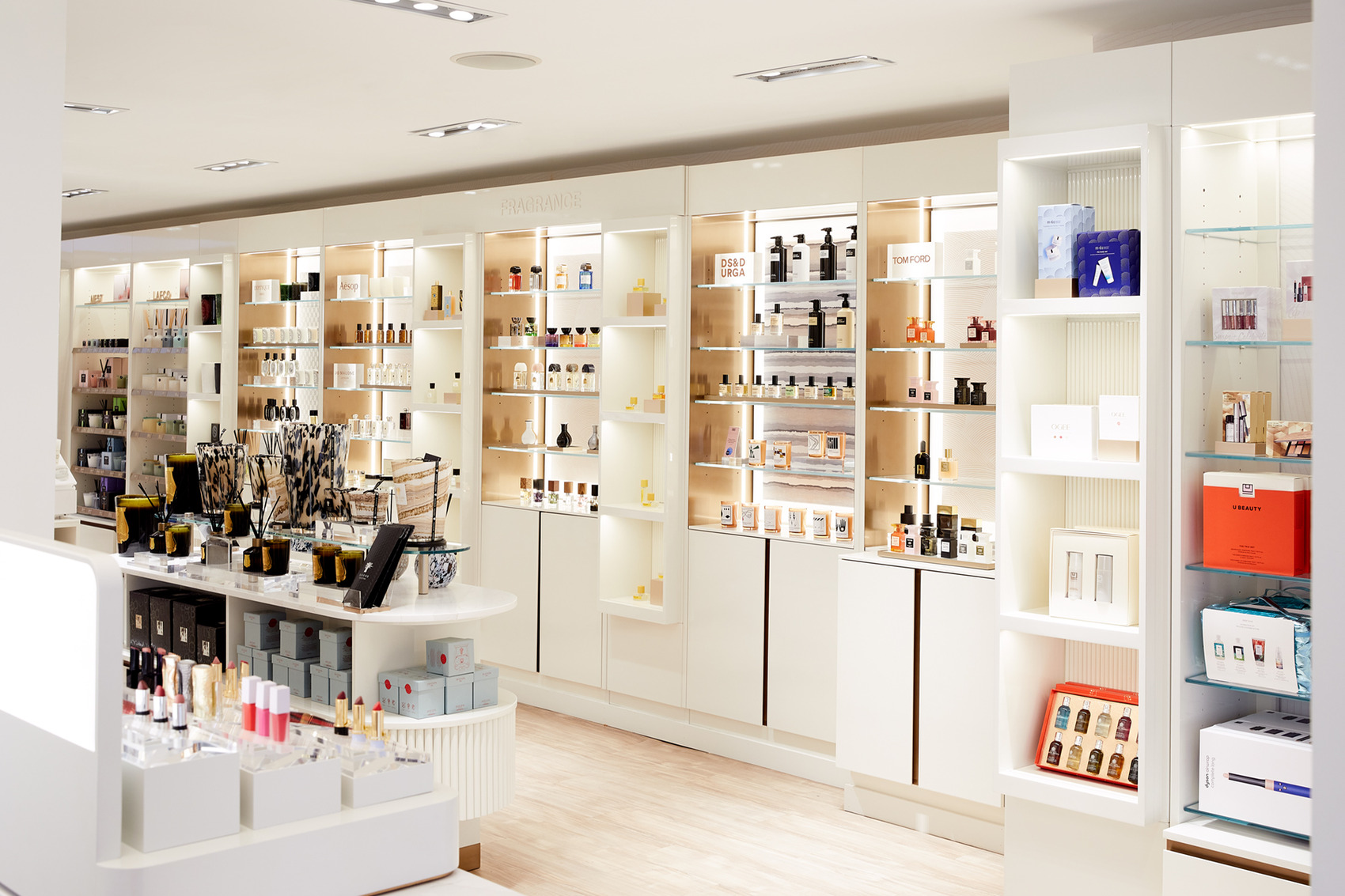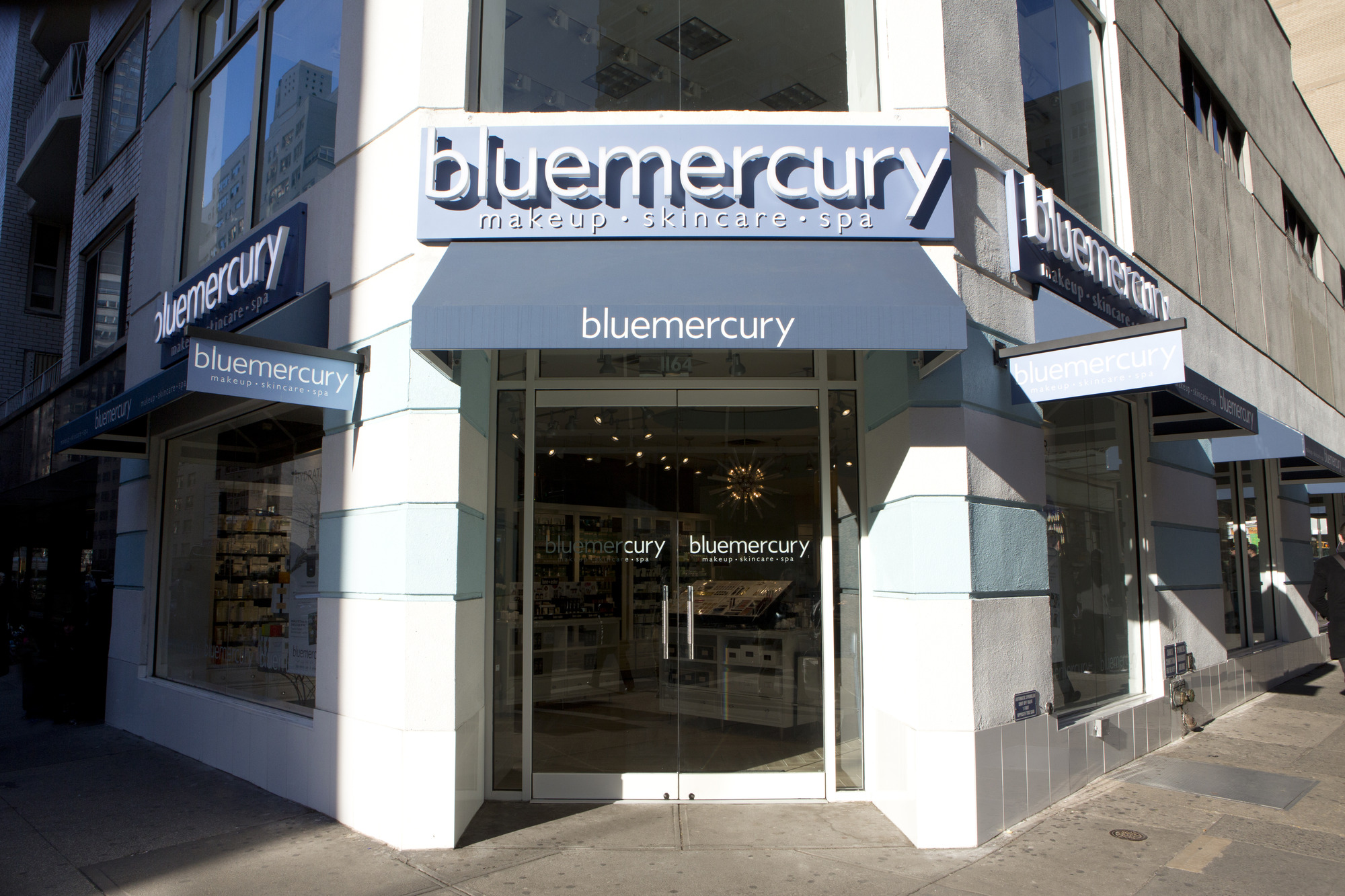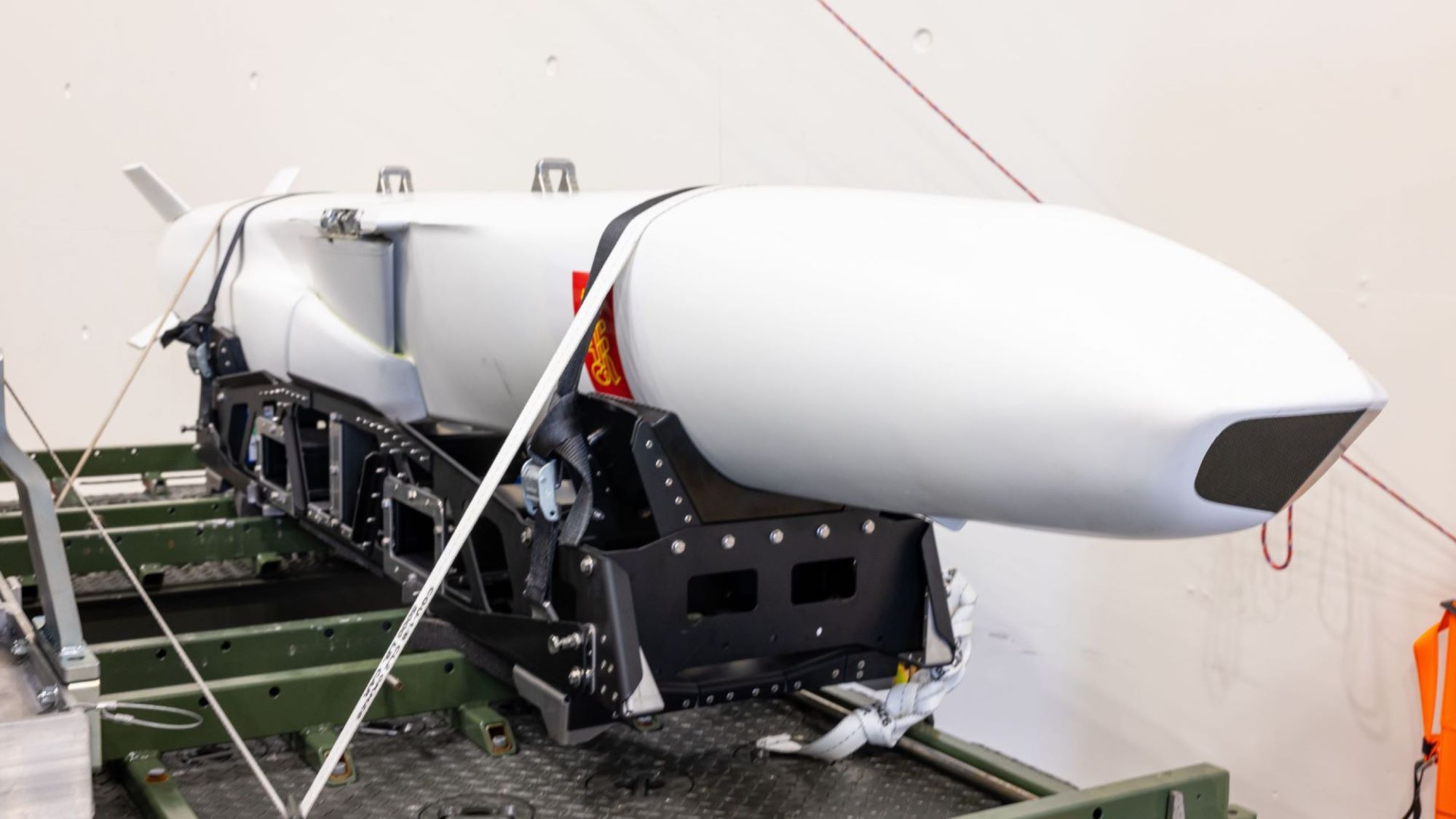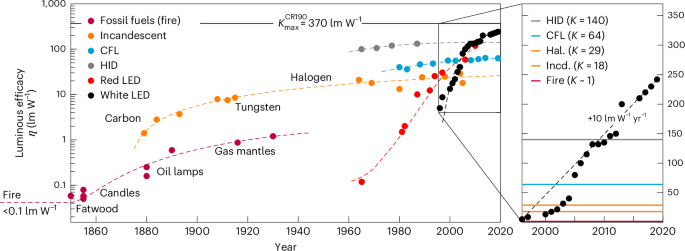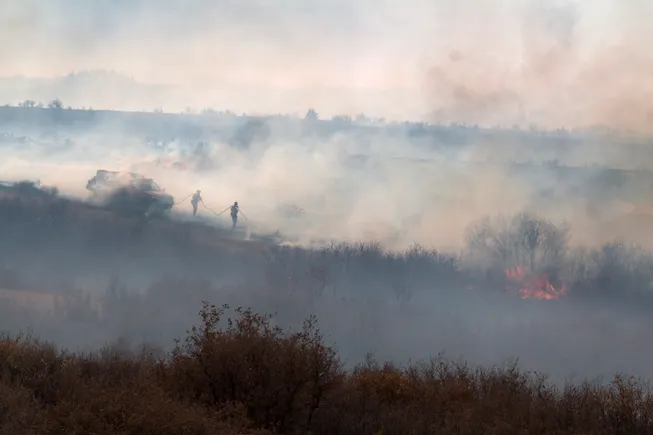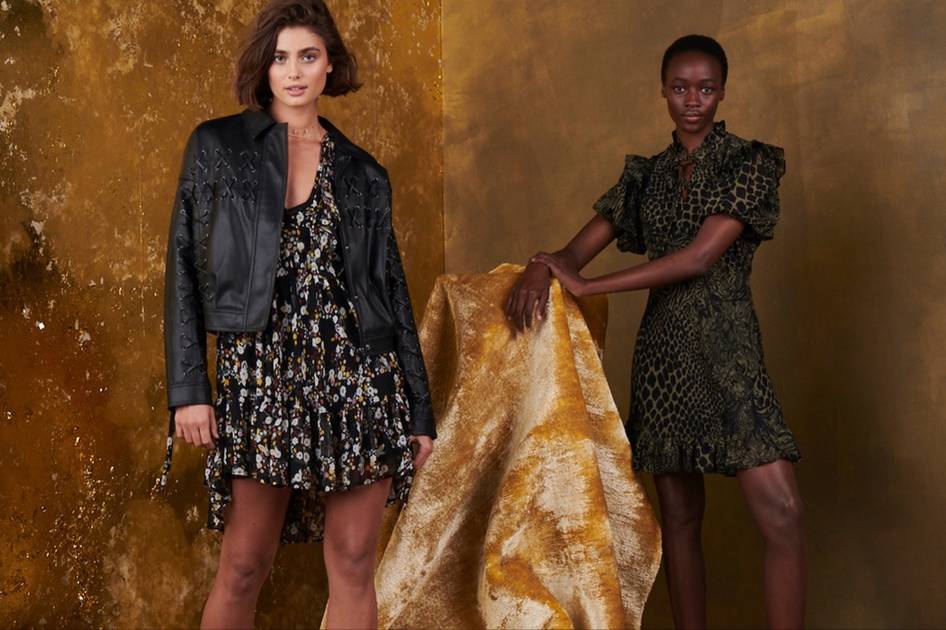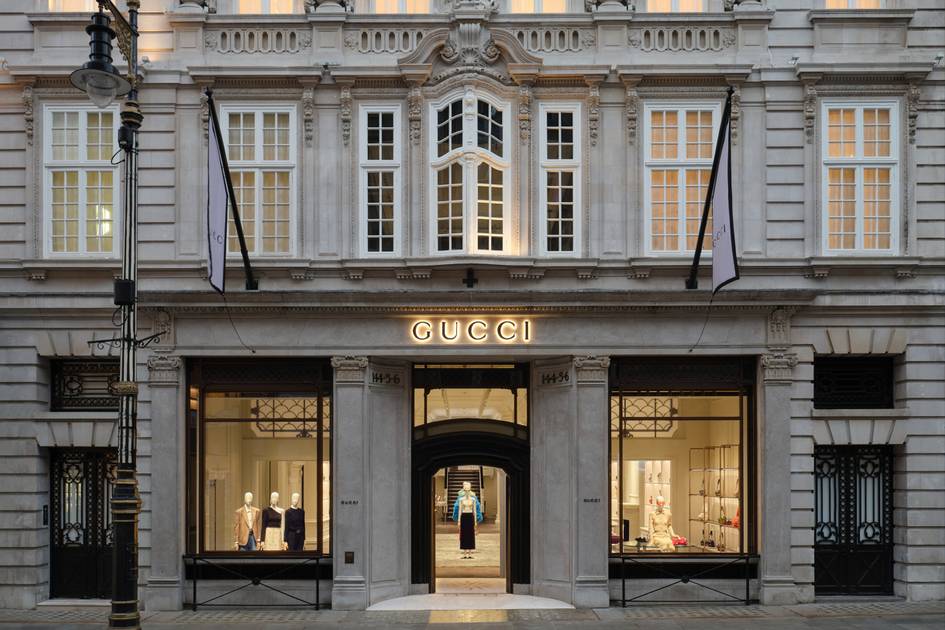What to retain from Fashion-Z, fashion festival at Palais Galliera
In collaboration with the MoMADe campus, the Palais Galliera is organising the Fashion-Z festival Credits: Aéris Fontaine The Palais Galliera, Paris’s fashion museum, collaborated with the Campus Mode, Métiers d’Art & Design (MoMADe) for the Fashion-Z festival, which took place on April 25 and 26. The unprecedented event, a first for the institution, set out to examine the future of fashion, bringing together the ideas and work of researchers, professionals, influencers and students. The festival opened on Friday, April 25, with hour-long panel discussions on current themes and issues, such as sustainability, decolonialism, transgression and experimentation in the broader fashion sector. An exhibition of installations and photographs, as well as silhouettes designed by students from the network of partner institutions, encouraged participants to extend their reflections in a contemplative and sensitive way. The next day, the Palais Galliera was transformed into a temple of creativity with free workshops. Visitors tried their hand at sewing on tote bags and t-shirts, which resulted in collaborative works displayed in the museum's courtyard. The more playful were no doubt won over by the card game ‘Les petits héros durables’ (Little sustainable heroes), which aimed to “raise awareness of the various fashion materials and their environmental impact, while having fun”. More meticulous visitors lent themselves to transforming household linen into collection flags, through colourful and delicate embroidery. But the most popular workshop was undoubtedly that of French creator Maroussia Rebecq, where participants were restyled and invited to pose theatrically alongside a performer. The event concluded with a closing party, at which designer Rick Owens and his partner Michèle Lamy were present but keeping a very low profile. In this article, FashionUnited looks back at the main lines of thought that punctuated the Fashion-Z festival. Making sustainable fashion accessible The subject of sustainability in fashion is not new. In recent years, many initiatives and projects have emerged and become popular in order to make fashion more responsible: the rise of second-hand fashion apps, the launch of the repair bonus and the increase in vintage fashion shops and pop-up stores, to name but a few of the best-known examples. However, at the same time, fast fashion and ultra-fast fashion brands continue to account for a significant share of the clothing market, reminding us that sustainability in fashion can never be taken for granted and must be constantly rethought. In partnership with the MoMADe campus, the Palais Galliera organised a panel discussion, led by Andrée-Anne Lemieux, director of sustainable development at the IFM, bringing together Zoé Hotuqi, vintage fashion influencer and author of 'Vintage et seconde main', and Sakina M’sa, founder of the eponymous brand, among others. It was an opportunity for the speakers to explain how they became interested in these issues, and continue to learn and commit to them. A large part of the workshops was also devoted to transformation and reclamation through simple actions, inviting participants to sew, embroider, draw or cut into fabrics. The aim was to show that these actions can be part of everyday practice. Thinking of clothing as a social act The second and third panel discussions attempted to go beyond the purely aesthetic dimension of clothing, to examine its social and political role in our society. “Wearing clothing is never a purely individual practice. Through clothing, the body is inscribed in the collective,” introduced the second meeting, which brought together speakers with varied profiles: Marine Kisiel, doctor of art history and head of collections at the Palais Galliera; Marine Chaleroux, doctoral student in contemporary history; Gael Calderón, design student at the IFM; and Etna Malone, dancer. Their combined perspectives remind us that clothing, more than just a way of asserting individual style, is associated with a set of symbols and connotations. Above all, it is intrinsically linked to the body and to intimacy: it is used to reveal, hide or suggest, depending on social, cultural or political environments. Led by five students from the École des Arts Décoratifs – PSL and Annabela Tournon Zubieta, a teacher of colonial studies, the third panel discussion welcomed fashion historian Khémaïs Ben Lakhdar and lawyer Glynnis Makoundou, who specialises in copyright and intellectual property law. With their respective expertise, using examples, they questioned the impact of colonialism on fashion design, redefined the notions of appropriation and cultural appreciation, before considering forms of re-appropriation by minority cultures of their own heritage. The Palais Galliera and the MoMADe Campus provided a stage for exploring these essential issues, in order to understand yesterday's fashion and imagine that of tomorrow, in front of an audience of amateur
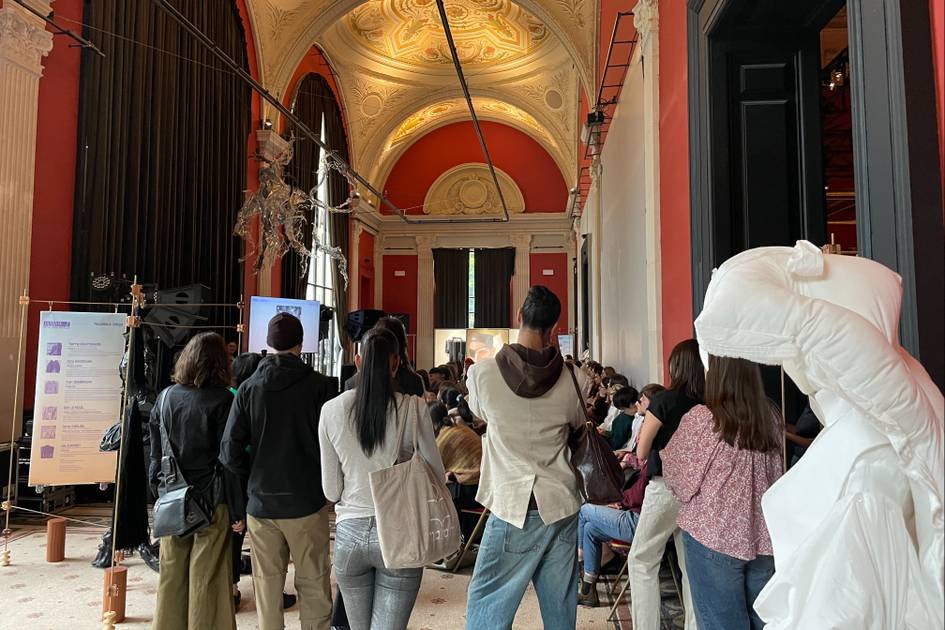
The Palais Galliera, Paris’s fashion museum, collaborated with the Campus Mode, Métiers d’Art & Design (MoMADe) for the Fashion-Z festival, which took place on April 25 and 26. The unprecedented event, a first for the institution, set out to examine the future of fashion, bringing together the ideas and work of researchers, professionals, influencers and students.
The festival opened on Friday, April 25, with hour-long panel discussions on current themes and issues, such as sustainability, decolonialism, transgression and experimentation in the broader fashion sector. An exhibition of installations and photographs, as well as silhouettes designed by students from the network of partner institutions, encouraged participants to extend their reflections in a contemplative and sensitive way.
The next day, the Palais Galliera was transformed into a temple of creativity with free workshops. Visitors tried their hand at sewing on tote bags and t-shirts, which resulted in collaborative works displayed in the museum's courtyard. The more playful were no doubt won over by the card game ‘Les petits héros durables’ (Little sustainable heroes), which aimed to “raise awareness of the various fashion materials and their environmental impact, while having fun”. More meticulous visitors lent themselves to transforming household linen into collection flags, through colourful and delicate embroidery. But the most popular workshop was undoubtedly that of French creator Maroussia Rebecq, where participants were restyled and invited to pose theatrically alongside a performer. The event concluded with a closing party, at which designer Rick Owens and his partner Michèle Lamy were present but keeping a very low profile.
In this article, FashionUnited looks back at the main lines of thought that punctuated the Fashion-Z festival.
Making sustainable fashion accessible
The subject of sustainability in fashion is not new. In recent years, many initiatives and projects have emerged and become popular in order to make fashion more responsible: the rise of second-hand fashion apps, the launch of the repair bonus and the increase in vintage fashion shops and pop-up stores, to name but a few of the best-known examples.
However, at the same time, fast fashion and ultra-fast fashion brands continue to account for a significant share of the clothing market, reminding us that sustainability in fashion can never be taken for granted and must be constantly rethought.
In partnership with the MoMADe campus, the Palais Galliera organised a panel discussion, led by Andrée-Anne Lemieux, director of sustainable development at the IFM, bringing together Zoé Hotuqi, vintage fashion influencer and author of 'Vintage et seconde main', and Sakina M’sa, founder of the eponymous brand, among others. It was an opportunity for the speakers to explain how they became interested in these issues, and continue to learn and commit to them. A large part of the workshops was also devoted to transformation and reclamation through simple actions, inviting participants to sew, embroider, draw or cut into fabrics. The aim was to show that these actions can be part of everyday practice.
Thinking of clothing as a social act
The second and third panel discussions attempted to go beyond the purely aesthetic dimension of clothing, to examine its social and political role in our society.
“Wearing clothing is never a purely individual practice. Through clothing, the body is inscribed in the collective,” introduced the second meeting, which brought together speakers with varied profiles: Marine Kisiel, doctor of art history and head of collections at the Palais Galliera; Marine Chaleroux, doctoral student in contemporary history; Gael Calderón, design student at the IFM; and Etna Malone, dancer. Their combined perspectives remind us that clothing, more than just a way of asserting individual style, is associated with a set of symbols and connotations. Above all, it is intrinsically linked to the body and to intimacy: it is used to reveal, hide or suggest, depending on social, cultural or political environments.
Led by five students from the École des Arts Décoratifs – PSL and Annabela Tournon Zubieta, a teacher of colonial studies, the third panel discussion welcomed fashion historian Khémaïs Ben Lakhdar and lawyer Glynnis Makoundou, who specialises in copyright and intellectual property law. With their respective expertise, using examples, they questioned the impact of colonialism on fashion design, redefined the notions of appropriation and cultural appreciation, before considering forms of re-appropriation by minority cultures of their own heritage.
The Palais Galliera and the MoMADe Campus provided a stage for exploring these essential issues, in order to understand yesterday's fashion and imagine that of tomorrow, in front of an audience of amateurs, professionals and the curious.
Honouring student design
While the last panel discussion offered a few students from the École Duperré the opportunity to present the ideas and stories behind their projects, in reality the whole festival was committed to celebrating multidisciplinary student design and offering it a space for expression. During the workshops, the students exhibiting exchanged views with the public about their look, in an enriching encounter for everyone.
The Fashion-Z festival was fully booked, with panel discussions sold out and almost 800 visitors of all ages in the workshops. This is proof of a real interest in this type of event, as one participant testified: “We were really waiting for this type of event at the Palais Galliera.”
A partner of the museum, the MoMADe campus offers a network of training establishments and institutional partners in fashion and design, including the École des Arts Décoratifs - PSL, the École Duperré and the Institut Français de la Mode. Its mission is to promote all forms of training, from vocational to research level.
FashionUnited uses AI language tools to speed up translating (news) articles and proofread the translations to improve the end result. This saves our human journalists time they can spend doing research and writing original articles. Articles translated with the help of AI are checked and edited by a human desk editor prior to going online. If you have questions or comments about this process email us at info@fashionunited.com
This article was translated to English using an AI tool.
































